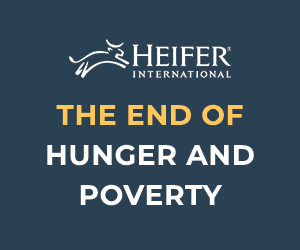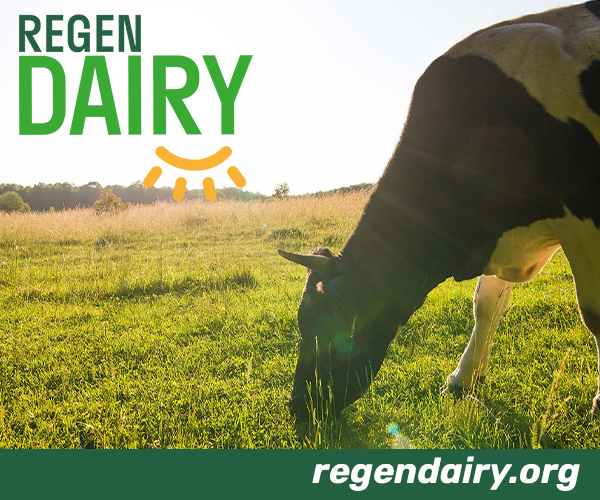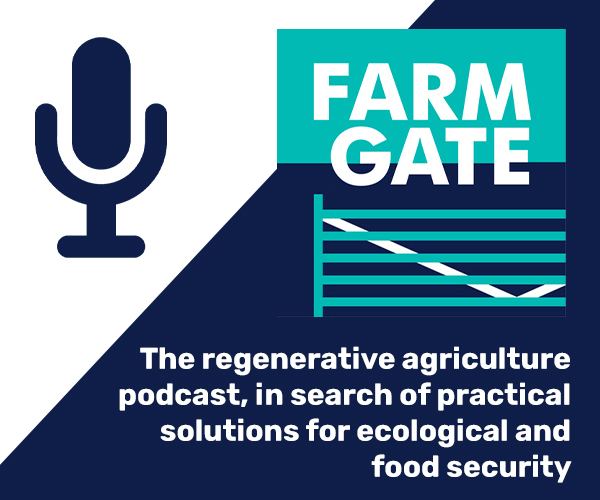



Economics Of Dairy Beef Production Systems
Paul Crosson and Edward O'Riordan from the Teagasc Animal & Grassland Research and Innovation Centre look at different beef production systems, and determine which is the most profitable.Summary
- Projected increases in dairy cow numbers will increase the number of calves becoming available for beef production.
- There has also been an increase in interest in bull finishing systems due to the greater growth potential of bulls relative to steers.
- A number of alternative dairy calf-to-beef systems were compared in terms of financial performance.
- In terms of profitability, systems were ranked as follows from most to least profitable; 22 month bull finishing, 24 month steer finishing, 19 month bull finishing, eight month veal finishing, under 16 month bull finishing and 12 month bull finishing.
- All systems were highly sensitive to calf, concentrate and beef price and thus, the careful preparation of production system budgets is recommended.
Introduction
With the impending abolition of milk quotas in 2015, it is projected that dairy cow numbers in Ireland will increase substantially. This will result in a greater number of dairy male calves becoming available for beef production. Although the majority of beef cattle from the dairy herd are currently finished as steers, there is increasing interest in bull finishing systems given the inherent greater live weight gain performance of bulls relative to steers. However, these systems have typically involved greater levels of concentrate feeding than steer systems. The objective of this paper is to examine the economics of a range of options for finishing male calves from the dairy herd. These systems are based on the systems currently under evaluation in the Johnstown Castle dairy calf-to-beef project. Six options were evaluated representing calf-to-beef systems finishing male calves as; veal at 8 months of age, bull beef at 12, 16, 19 and 22 months of age and steer beef at 24 months of age.
Veal finishing systems
Veal finishing systems using Friesian and Jersey crossbred calves were evaluated. In this system calves were finished on ad libitum concentrate diets with straw offered as a source of roughage following a 12 week rearing phase. Live weight gain was lower for the Jersey crossbred calves resulting in a 20 kg differential in slaughter weight and a 14 kg differential in carcass weight in favour of the Friesian calves (Table 1). Approximately 750 kg of concentrates were fed per head. For the financial analysis of the other systems evaluated, cost and price assumptions were based on those prevailing for the Johnstown Castle dairy calf-to-beef project in 2011. Jersey crossbred calves were purchased at €30/head with Friesian calves costing €140/head. Fixed asset requirements were assumed to consist of a calf house and a weanling finishing unit. Both of these were assumed to be in the seventh year of a 20-year life span with interest charged at seven per cent per annum. A similar approach was taken for the remaining production systems evaluated in this paper with finishing housing costs reflecting age and weight at finish. Both Friesian and Jersey crossbred calves returned a positive net margin (Table 1). Systems based on Jersey crossbred calves were somewhat more profitable largely owing to lower calf purchase price and lower concentrate feed requirements. Sensitivity analysis indicated that both systems are very sensitive to calf price and veal price in particular.
Twelve month bull finishing system
The 12 month bull finishing system and the remaining beef systems evaluated in this paper, had a similar rearing phase to the veal production system. Following the rearing phase calves were built up onto ad libitum concentrate with straw offered as a source of roughage. Similar to the veal production system, live weight gain was greater for the Friesian compared to the Jersey crossbred calves such that slaughter weight was 64 kg greater and carcass weight was 40 kg greater for the Friesian bulls. Correspondingly, concentrate consumption was greater for the Friesians. Neither system returned a positive net margin (Table 2). However, gross margin was positive for both systems indicating that a contribution can be made to the fixed costs of the farm. In addition to calf price and beef price, the 12 month bull system is also sensitive to concentrate price.
Under 16 month bull finishing systems
For the under 16 month bull finishing system, calves were turned out to pasture in May at approximately three months of age for a six month grazing season. Two treatments were compared; supplementing at pasture with 2 kg of concentrate (PC) or offering no supplementation during the grazing season (PO). Following housing in early November, all cattle were adapted onto an ad libitum concentrate diet with straw offered as a source of roughage. Cattle remained on ad libitum concentrates for ~200 days before slaughter at under 16 months of age. Friesian bulls were ~50 kg heavier at slaughter than Jersey crossbred bulls and cattle supplemented during the grazing season (PC) were ~45 kg heavier than cattle offered pasture only (PO) (Table 3). Total concentrate supplementation ranged from 2.3 t for Friesians supplemented during the grazing season to 1.5 t for Jersey crossbreds offered pasture only during the grazing season. Financial results indicated that for systems finishing bulls at under 16 months of age, Jersey crossbreds were more profitable than Friesians and pasture only was more profitable than supplementation during the grazing season. All systems returned a positive gross margin ranging from €70/head for the Friesian system where calves are supplemented in the first grazing season to €194/head for Jersey crossbred systems where calves are not supplemented in the first grazing season. However, when full fixed costs are allocated to these systems, only the latter system (Je PO) returned a positive net margin.
Nineteen and twenty month bull finishing systems
These systems operated similar to the under 16 month bull finishing system up until housing in November at the end of the first grazing season. Thus, two treatments were imposed during the first grazing season; calves supplemented with 2 kg concentrate (PC) and calves receiving pasture only (PO). Following housing, bulls were fed ad libitum grass silage plus 1.5 kg of concentrate until turnout to pasture for a second grazing season in early March. The bulls for finishing at 19 months of age were housed in mid May for a 100 day finishing period on ad libitum concentrates with straw offered as a source of roughage. Similarly bulls to be finished at 22 months were housed approximately 3 months later for a similar 100 day finishing period. Bulls finished at 22 months of age were 70 kg and 90 kg heavier for PC and PO groups, respectively, when compared to bulls finished at 19 months of age (Table 4). Total concentrate intake over the lifetime of the animal ranged from 1.4 t for 19 month finishing bulls which were not supplemented during the first grazing season to 1.8 t for 22 month bulls receiving supplementation during the first grazing season. All systems returned positive gross and net margins with net margin ranging from €150/head to €265/head for 19 month bulls not supplemented in the first grazing season and 22 month bulls supplemented in the first grazing season, respectively. Twenty-two month bull systems were more profitable than 19 month bull systems and systems where concentrate supplementation is provided at pasture during the first grazing season were more profitable than systems where no supplementation was provided during the first grazing season. All systems were highly sensitive to beef price in particular and concentrate price. Again, calf price was also important.
Table 1. Economics of veal production systems from Friesian (Fr) and Jersey crossbred (Je) calves (€/head)
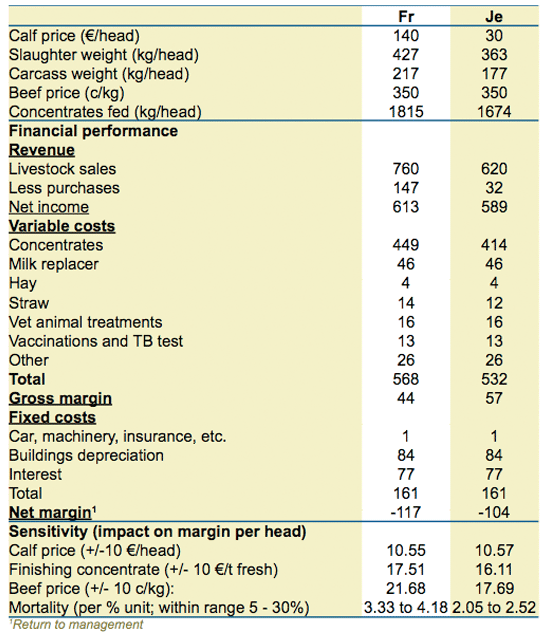
Table 2. Economics of 12 month bull production systems from Friesian (Fr) and Jersey crossbred (Je) calves (€/head)

Table 3. Economics of under 16 month bull production systems from Friesian (Fr) and Jersey crossbred (Je) calves receiving concentrate supplementation (PC) or pasture only (PO) during the first grazing season (€/head)

Table 4. Economics of 19 and 22 month bull production systems from calves receiving concentrate supplementation (PC) or pasture only (PO) during the first grazing season (€/head)
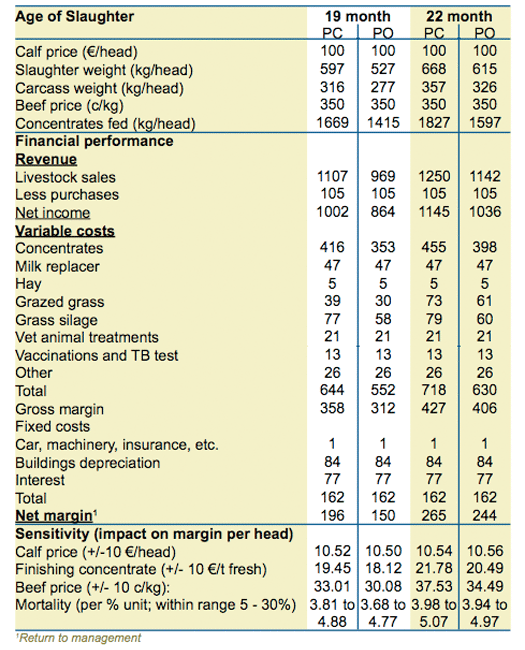
Table 5. Economics of 24 month steer production system (€/head)

Twenty four month steer finishing systems
In this system Friesian calves are finished for slaughter as steers at 24 months of age. Calves spend their first season at pasture with no supplementation. Following an indoor winter period during which grass silage is offered ad libitum in addition to ~ 1 kg/day concentrate supplementation, yearlings are turned out for a second season at pasture. Cattle are housed in October/November for a ~150 day finishing period. During the finishing period good quality grass silage was offered in addition to 5-6 kg concentrate daily (Table 5). Target slaughter and carcass weights were 620 kg and 320 kg, respectively. Total concentrate intake was ~1.2 t. Gross and net margins for this system were €355/head and €193/head, respectively. Margins were most sensitive to beef price with concentrate price and calf price assuming similar sensitivity.
Conclusions
All of the systems evaluated in this paper returned positive gross margins indicating that these systems provide a contribution to fixed costs. The 22 month bull finishing system was most profitable with the 24 month steer system next most profitable. The veal production system was also competitive with these systems arising from the much higher price received for veal meat. However, this system is for niche producers with a relatively small market demand. However, for the 12 month and under 16 month systems gross margins were insufficient to cover allocated fixed costs and therefore, these systems returned negative net margins. The exception was the under 16 month Jersey crossbred system where calves were not supplemented during the first grazing season which had a positive net margin. It is apparent that the economics of dairy beef systems are highly sensitive to beef price, concentrate price and calf price and thus, the market outlook is of critical importance when evaluating the profitability of these alternative systems. Thus, it is recommended that detailed enterprise budgets, subject to the prevailing conditions on individual farms and including sensitivity to key parameters, are prepared annually on dairy calf-to-beef enterprises. It should be noted that a constant beef price has been assumed for all scenarios. As the cattle in the Johnstown Castle research project are slaughter, and carcass data becomes available, it will be possible to re-evaluate the economics using the price received for the alternative systems.
July 2011


